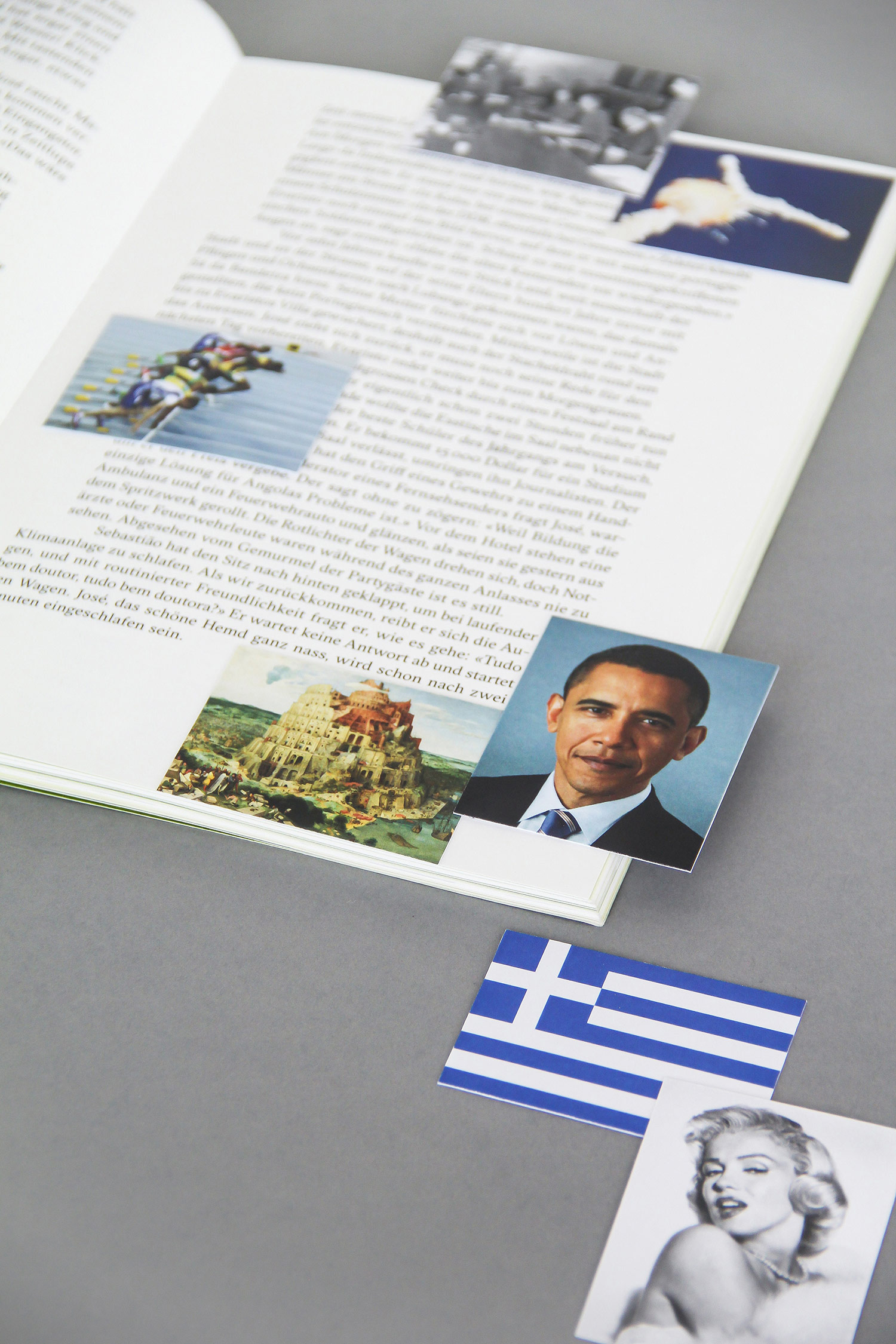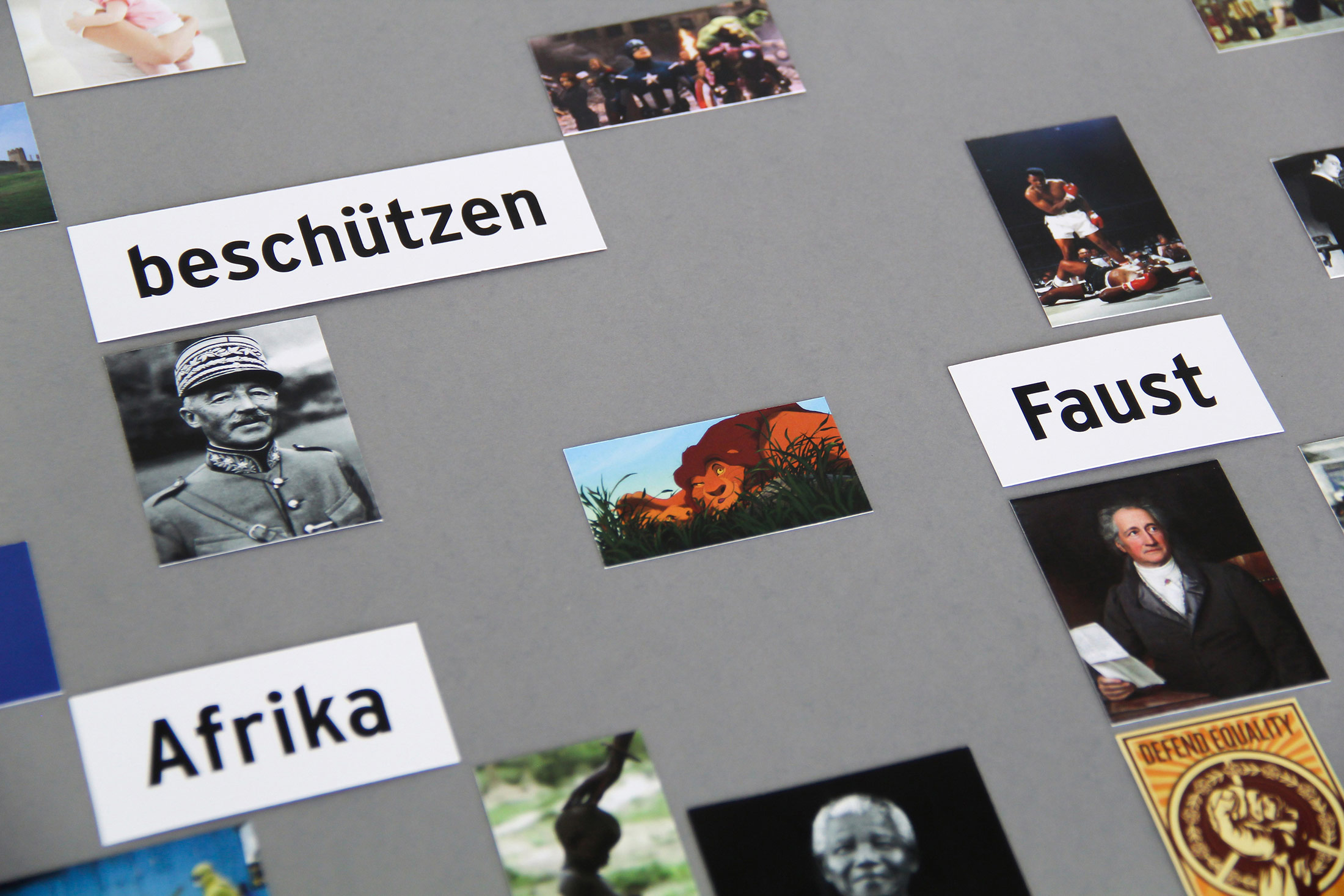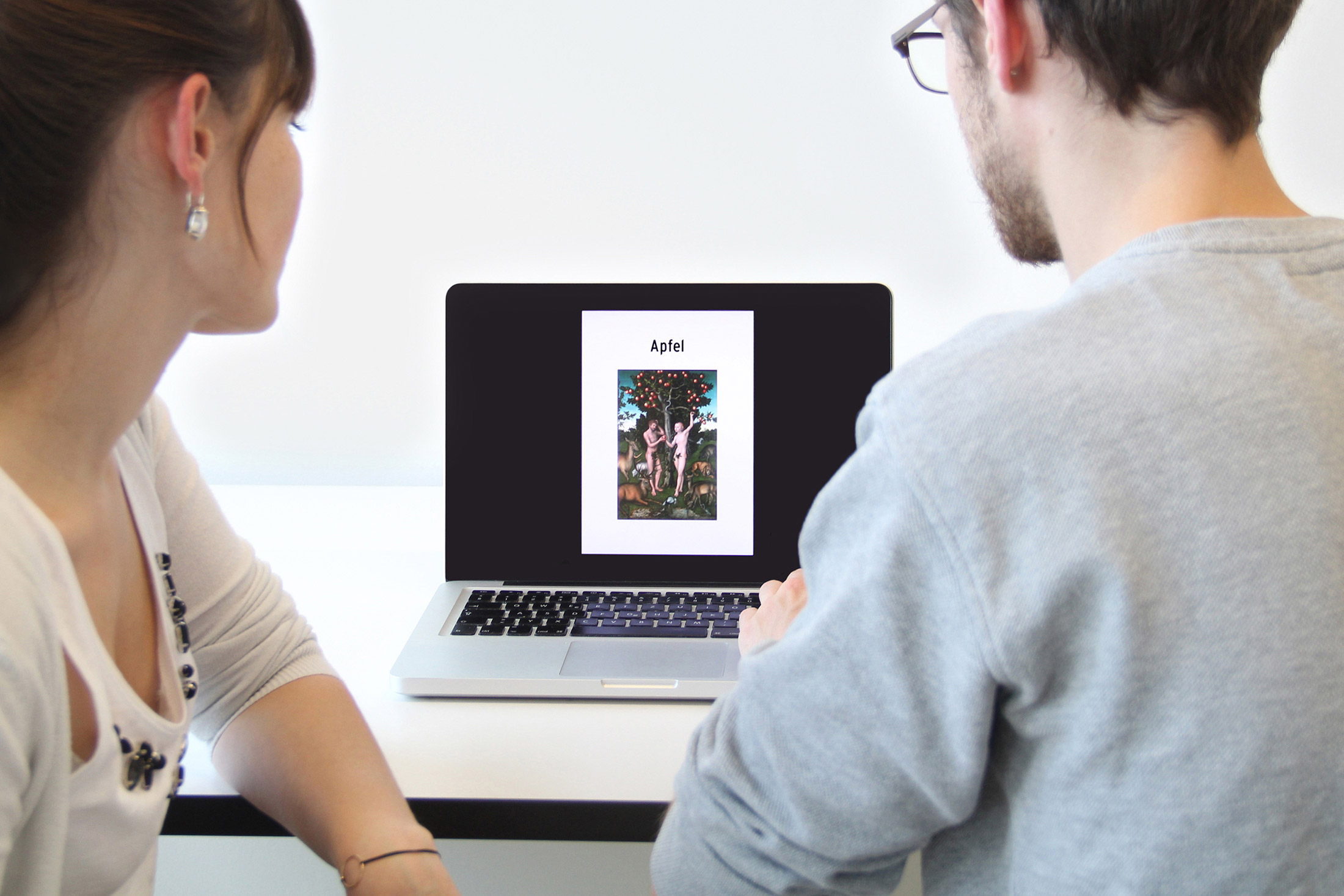Visuelle Kommunikation
Master
Aaron Estermann
Words Meeting Their Potentialities –
Associative Text Illustration



Texts and images are at the heart of our culture and fundamental for us as perceptual human beings. Both of them offer us an access to the world, and both are a means to communicate and save knowledge. Throughout time, their relationship was conceptualized in various ways – in some eras they were seen as partners, in others as competitors. But one thing remained: they always got measured against each other in the way they shape our vision of ourselves and our environment. Hence, with W J T Mitchell we can speak of word and image as a leading difference of our cultural history.
Today’s theories tend to emphasize that text-image combinations have to be understood as dialogic, interdependent, and process-related. In everyday life, on the contrary, they can be observed as much more hierarchical: captions in newspapers are dictating us what we have to see in the photographs above them, and picture media are – mostly in fiction – often said to limit one’s imagination whilst reading a text.
My MA thesis takes these observations into account and pursues the goal of creating a text illustration with a truly dialogical structure between the two involved sign systems. It proposes a solution that concentrates on a new kind of image selection: the chosen images are not aiming at “simply” visually reproducing the text, but at linking the latter to stories that belong to our common knowledge. The concept is inspired by theories about intertextuality. They point at the fact that everything has already been said and written before: every word can be seen as an arrow that points back to the countless times it already was in use and, therefore, contains the corresponding contexts.
To get access to past contexts of words, this project suggests working with associations. If a singular word, such as for example “apple”, is isolated from the text that it is to illustrate and given to us, what stories and references will spontaneously come to mind? Adam and Eve or William Tell might be examples, Migros or Apple Inc. others. Showing these motifs on images and integrating them back into the text leads to a situation where different stories are coming together: the one of the text which is new to the recipients and the ones of the images which, ideally, are familiar to them. By creating this situation, text and image enter into a productive relationship, in which a dialogue happens based on the semantic “more” that is brought in by the image: what’s the role of the apple in the text and what is its role in the story of Adam and Eve? Are we confronted with similar story lines, or not at all? Here, a performative reception is demanded from the reader.
Based on the insight that intertextual references are only successful if the recipients know them, the image selection is done with the help of a two-phase survey: in a first round, 20 potential readers are asked for their associations triggered by particular words; in a second round, the goal is to check if and how many participants can decode the collected associations when shown in images. Only when a majority sees what stories the images are referring to, they are known well enough to create an efficiently performing final product. In this sense, this MA thesis is also an exploration of recipient-oriented design strategies.
Aaron Estermann
aaron.estermann@bluewin.ch
Institut Visuelle Kommunikation, FHNW HGK, Freilager-Platz 1, CH-4023 Basel
+41 61 228 41 11, info.vis_com.hgk@fhnw.ch, www.fhnw.ch/hgk/ivk



